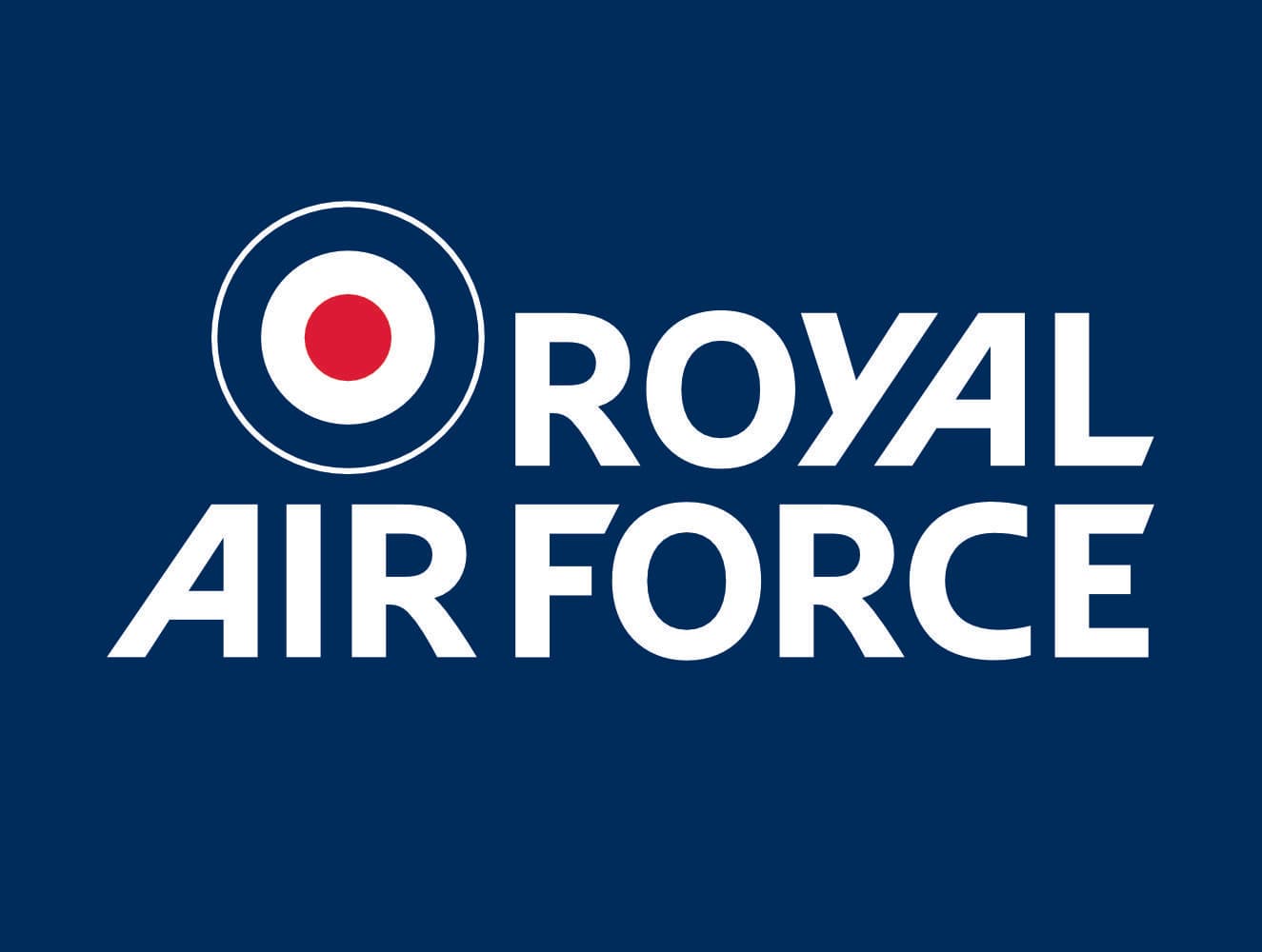Hello there,
I am putting together a short decision-making exercise for educating some college students about bombing campaigns.
My plan is some will play American, others British, to discuss best targetting options in the run-up to D-Day; they have to agree and come up with a broad plan of campaign for the period - roughly Jan - May 1944.
So I'm compiling a list of 'available operational units' for Bomber Command and the Mighty 8th.
For data I'm using O'brien's How the War Was Won , Overy's The Air War and Hall, et. al.'s Case Studies in Strategic Bombardment for data, but having some difficulties in determining figures split nation-wise for light, medium, and heavy bombers, & escort fighters (assuming none for the British at this time), or photo recon aircraft - for either side. There's a general figure given of over 1,130 available heavies in Jacob's chapter, for example, but that;s for all the CBO - so I don't know how many were British and how many American.
Perhaps someone could kindly point me in the right direction for a database, or a work, or otherwise some rough figures of available aircraft of these types, for both air forces, in the Spring of 44?
With best wishes and thanks,
J
I am putting together a short decision-making exercise for educating some college students about bombing campaigns.
My plan is some will play American, others British, to discuss best targetting options in the run-up to D-Day; they have to agree and come up with a broad plan of campaign for the period - roughly Jan - May 1944.
So I'm compiling a list of 'available operational units' for Bomber Command and the Mighty 8th.
For data I'm using O'brien's How the War Was Won , Overy's The Air War and Hall, et. al.'s Case Studies in Strategic Bombardment for data, but having some difficulties in determining figures split nation-wise for light, medium, and heavy bombers, & escort fighters (assuming none for the British at this time), or photo recon aircraft - for either side. There's a general figure given of over 1,130 available heavies in Jacob's chapter, for example, but that;s for all the CBO - so I don't know how many were British and how many American.
Perhaps someone could kindly point me in the right direction for a database, or a work, or otherwise some rough figures of available aircraft of these types, for both air forces, in the Spring of 44?
With best wishes and thanks,
J

